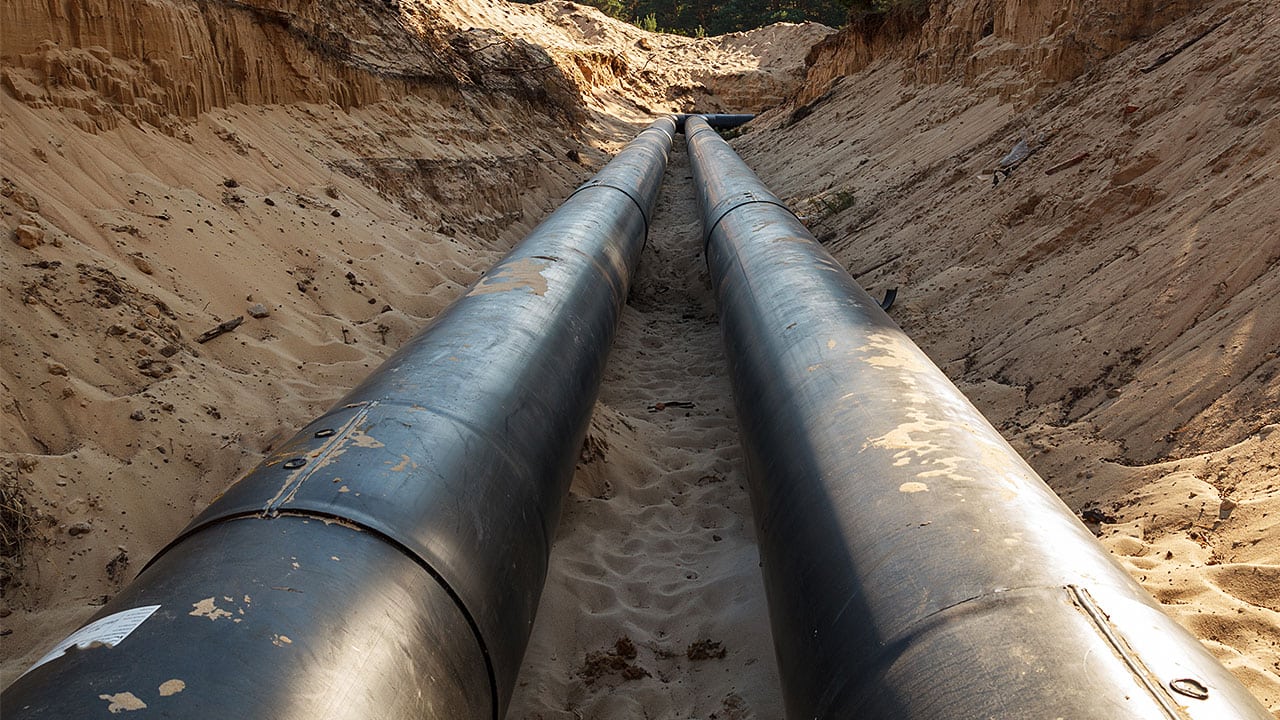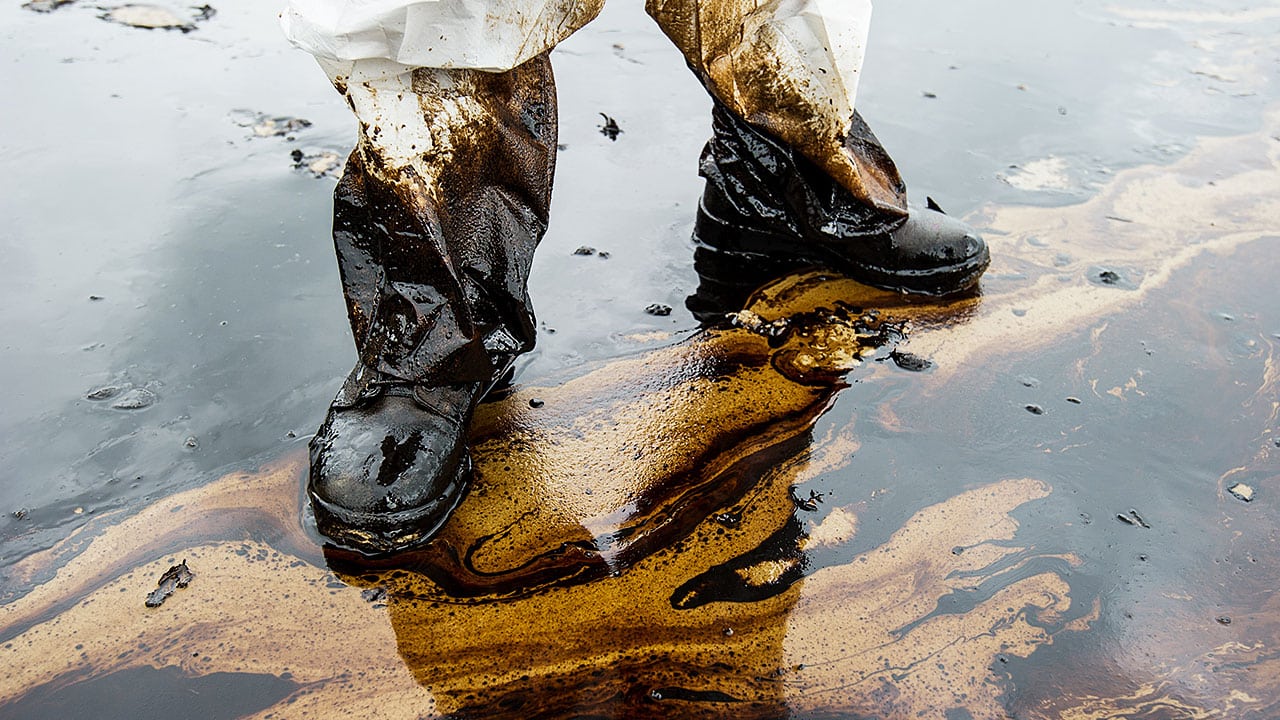Many liquid or gaseous products that we rely on in modern life are transported over great distances via pipeline. This includes everything from oil, to natural gas, drinking water, and more.
It takes many different structures and systems to make a pipeline work effectively, and professionals with training in computer-aided design are often brought on board to design them. By gaining a deeper understanding of how pipelines work, you can prepare yourself for a fulfilling career helping create this useful infrastructure, and possibly help improve the efficiency of liquid and gas transportation.
Here are a few facts to know about pipelines and this important career path.
1. Pros With Process Piping Training Know Pipelines Are More Than Just Pipes
It takes a pretty intricate system to make a pipeline work correctly, with multiple structures required to get products from one place to another in a manner that is quick, efficient, and safe. Examples of necessary components include storage tanks, which hold products once they arrive at a destination; pumping stations, which provide the pressure necessary to get products through the pipeline; and other structures that help with transportation.
If you want to do CAD work for pipelines, it’s important that you have an understanding not just of pipelines, but also of other structures that are needed for pipelines to function. Doing process piping training at Digital School will provide you with just this sort of training, and allow you to gain a great understanding of storage and transportation infrastructure used in pipelines.
2. Pipelines Are the Safest Way to Transport Petroleum Products
Recent years have seen much debate over whether more pipeline projects are needed to transport petroleum products both within Canada and from Canada to the United States. The question of safety is one of the most important, with proponents and detractors arguing over whether pipelines can be considered a safe method for transporting petroleum products.
According to a study by the Fraser Institute, pipelines are a much safer method—by about 4.5 times—of transporting oil and gas than railroads, which are the other most common option. Additionally, pipelines are cheaper to operate. This means that, when designed well, a good pipeline is generally the best option for transporting petroleum products over long distances.

Research shows pipelines are the safest way to transport petroleum products
After Process Piping Training, You’ll Likely See That Pipeline Safety is Still a Concern
Pipelines may be safer than other transportation options, but they aren’t perfect. The Fraser Institute study reveals that an average of 111 pipelines “incidents” occur in Canada every year, and “[j]ust over 80 percent of pipeline occurrences result in some release of a product.”
Though most spills are relatively small, no spill is good, and large spills can have disastrous consequences both for the environment and for a company’s public image. For that reason, knowing how to design structurally sound pipelines is very important to CAD professionals.

Learning to design sound pipelines can help prevent spills
Completing an engineering CAD technician program will allow you to explore the theory behind creating strong, stable structures, with emphasis on calculating stress tolerance of structures and their components. Paying close attention to this portion of your program will allow you to master important skills that could help you model pipelines that will be sturdy and stable. It could be what it takes to help preserve both the environment and take your career to new heights!
Are you interested in attending computer-aided drafting college?
Visit Digital School to learn more about our programs!

